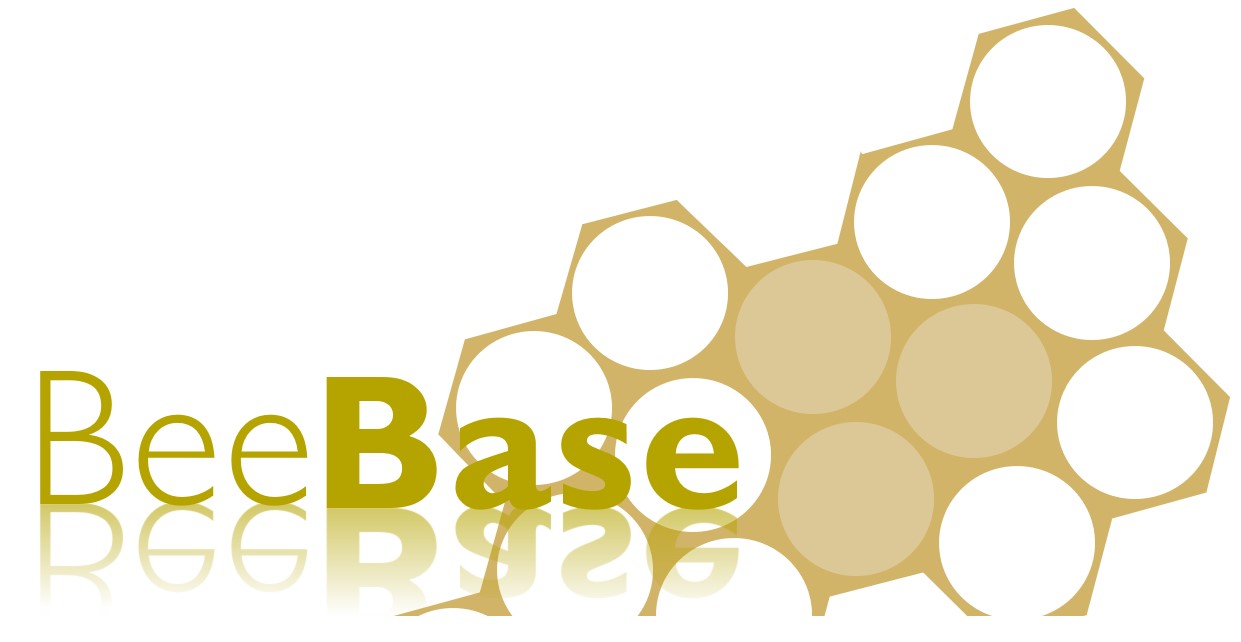Varroa destructor, previously described as Varroa jacobsoni, is a parasitic mite of honey bee brood. In the past century, it has become the most serious pest of European honey bees across the globe. When populations overwhelm a colony, it leads to a disease called parasitic mite syndrome and, if left untreated, an infested colony will usually die within 2 to 3 years.

Varroa was first found in the UK on the 4th of April 1992. Although, previously not a notifiable pest, the Bee Diseases and Pests Control (England) Order 2006 has been amended to the Bee Diseases and Pests Control Order 2021 to stipulate that Varroa is a notifiable pest at the apiary level, as of 21st April 2021. This applies to England, but similar legislation is in place in Scotland and Wales.
You can report the presence of Varroa in your hives by going to our Report Varroa page.
Life cycle
The adult female mites have flat, reddish-brown, oval-shaped bodies, and measure approximately 1.6 mm by 1.1 mm. The mature female mite enters an open brood cell, just before it is capped. There, the mite will remain hidden in the brood food, which is under the larva. Once the food has been consumed by the larva, the female mite will begin laying eggs at intervals of 30 hours, laying up to seven eggs in total.
While inside the cell, the mites will feed on the developing pupa through a bite made by the mother mite. Brood that has been parasitised by mites will have a decreased weight on emergence and a shortened lifespan. The mite is also responsible for vectoring deformed wing virus (DWV), to the further detriment of the developing brood, as high levels of DWV can kill pupae, or result in adults emerging with deformed wings.

During the active beekeeping season, mite populations can double each brood cycle if they are not controlled. Colonies can suffer additional influx of mites from neighbouring colonies/apiaries through robbing, drifting and swarming. A severe build-up of mites in a colony will lead to parasitic mite syndrome; also known as varroosis.
Signs of varroosis/parasitic mite syndrome
Severe infestations of Varroa may lead to parasitic mite syndrome. The signs of this are:
- Perforated cell cappings;
- Dead pupae;
- Chewed down or cannibalised larvae and pupae;
- Neglected brood;
- Deformed wings;
- Bees with shortened abdomens;
- General weakening of the colony;
- Patchy/ pepper-pot brood patterns;
- Sudden defensive behaviour;
- Colony loss.
Varroa treatments
In order to keep healthy and productive colonies, a consistent, ongoing program of monitoring and management of Varroa is needed. To learn more about monitoring Varroa populations, please see our Varroa monitoring fact sheet.
Varroa can be controlled through the application of treatments that kill the mites, or through husbandry methods that rely on removal of infested brood or brood breaks to disrupt reproduction of the mites.

Husbandry methods
Husbandry methods exploit the fact that mites reproduce in bee brood. Generally, these methods are only used during the spring and summer months, but they can be a great benefit during a time when treatment options are limited. Varroa mites have a preference for parasitising drone brood, so a quick and easy way to reduce mite populations is with drone brood removal; see our fact sheet on using drone brood removal to control Varroa. Other methods include queen trapping or performing an artificial swarm.
Varroacides
Varroacides are an important feature in control plans because they are effective at killing Varroa mites. There are two types of varroacide — synthetic pesticides and non-synthetic pesticides.
Synthetic pesticides:
These have a single, specific mode of action. There is a high risk of pesticide resistance occurring in mites that are continuously exposed to these products, and there is documented evidence of resistance to these products in the UK and Europe.
Non-synthetic pesticides:
These act against mites in multiple ways, so there is a significantly reduced risk of resistance occurring. These products are based on the use of organic acids, or the essential oil, thymol, to control mite populations. Products based on these chemistries are recommended as the primary go-to treatments over synthetic pesticides, which should be reserved for emergency use only.
When using any treatments, it is important that you read and follow the label instructions and only use medicines that are approved under law. Information about products that are authorised for use in the UK is available on the Medicines page.
Further information
If you would like to find out more information about monitoring for Varroa, and details on each technique for controlling Varroa, please consult our ‘Managing Varroa’ advisory leaflet.

